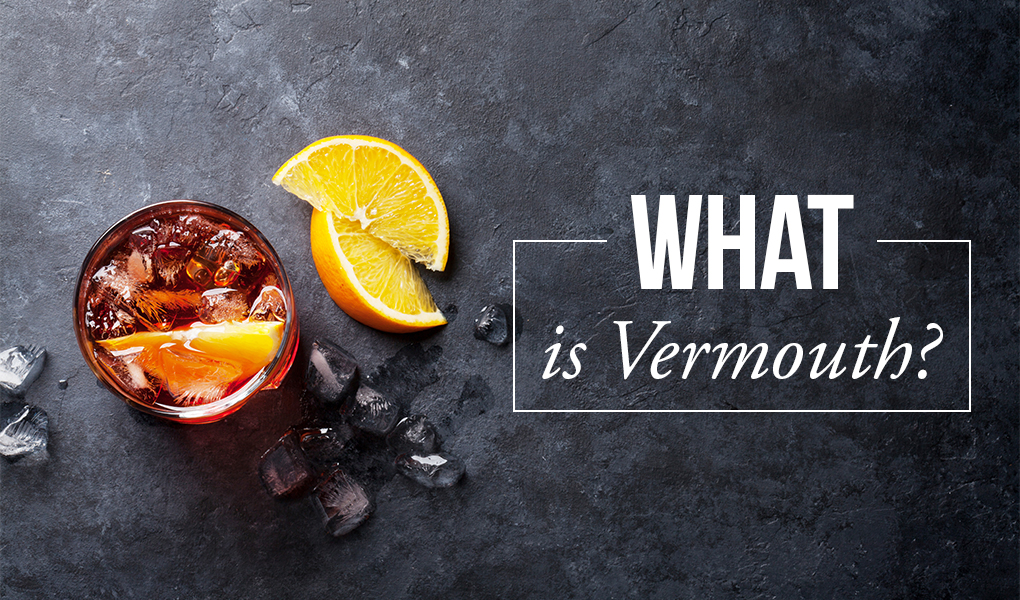Vermouth has a history of being treated more like a sidekick than a star. The category is nothing new to bartenders, as it is an ingredient in a storied list of classic cocktails, from Manhattans and Martinis to Boulevardiers and Negronis. But thanks to a renewed interest in low-abv cocktails, and a consumer base that is looking to recreate a premium cocktail experience at home, vermouth is finally ready for the spotlight—and it’s predicted to only get brighter.
According to research firm Technavio, the global vermouth market is set to grow at a compound annual growth rate of 3% between now and 2021, reaching an estimated worth of almost $19 billion dollars after just four years. For a category with so few SKUs, that is a tremendous amount of growth.
What does all of this mean for your business? You’re going to want to have more than a few fresh bottles of vermouth on the shelf ready to serve, or better yet, in the fridge. We can help you get caught up on the category before you start to pour.

Vermouth is an aromatized wine that has been infused with an assortment of botanicals and additional alcohol, which combines to add bitterness, complexity and balance to the wine. The range of botanicals used differ by brand, and for the most part these recipes are highly guarded secrets kept behind lock and key—or at least behind a moderately difficult computer password . A combination of bitters, citrus peels, herbs and spices often make up the mix.
A majority of the world’s vermouth comes from Italy and France, but recently both Spain and the U.S. have begun to produce their own expressions of the fortified wine.

Sweet: Also known as rosso, sweet vermouth is made from red wine and contains the highest sugar content out of the three styles. Sweet vermouth has aromas of vanilla, cinnamon, baking spices and dried fruits. This is your classic vermouth for Rob Roys, Manhattans and Negronis. It can also be served as an aperitif neat, over ice or turned into a spritz with some club soda and lemon peel.
Dry: Dry vermouth is made from white wine and, as the name suggests, is not sweet. The flavor is instead crisp, clean and tart with notes of fresh green herbs, pepper, lemon and flowers. If you’re making a Martini, make it with a dry vermouth.
Blanc: Blanc vermouth is made from sweet white wine, but it isn’t nearly as sweet as the rosso style. With flavors of green apple, pear and stone fruit, blanc vermouths make for an especially satisfying spritz during the warmer months of the year.

Outside of the classic cocktails there really are a handful of creative ways to serve and sell vermouth.
As an Apéritif: In both France and Italy, vermouth is traditionally served before a meal as a way to whet the appetite. Consider creating a small apéritif section on your menu, highlighting an assortment of vermouths that can be enjoyed before dinner.
In Flights: One great way to engage with consumers is to offer your vermouth in an assortment of flights. You can group them by style, by region of production or even by flavor profile. Allowing your customers to try a few different vermouths side by side will give them a better appreciation for the nuances between brands, and help you sell through bottles more quickly.
Spritzed Up: A spritz is one of the simplest and most refreshing ways to serve vermouth. Consumers are looking for cocktails that are lower in alcohol, but still big on flavor. Don’t miss the opportunity for easy sales this patio season: Keep at least one vermouth spritz on your cocktail menu.
Bond Was Wrong: A quick note about Mr. James Bond and his infamous Martini order: Despite what the charming international man of mystery said, vermouth should (almost) never be shaken. Shaking vermouth with ice breaks apart all the lovely and delicate aromatic molecules that make vermouth so deliciously complex. So please be sure to stir that Manhattan or Martini, and not shake it.
Storage: No matter how you choose to serve vermouth, do be sure to properly store any open bottles in the fridge. Since vermouth is a wine, it can quickly go stale and oxidized if left out at room temperature, so always be sure to seal an opened bottle and store in either a fridge or cooler.